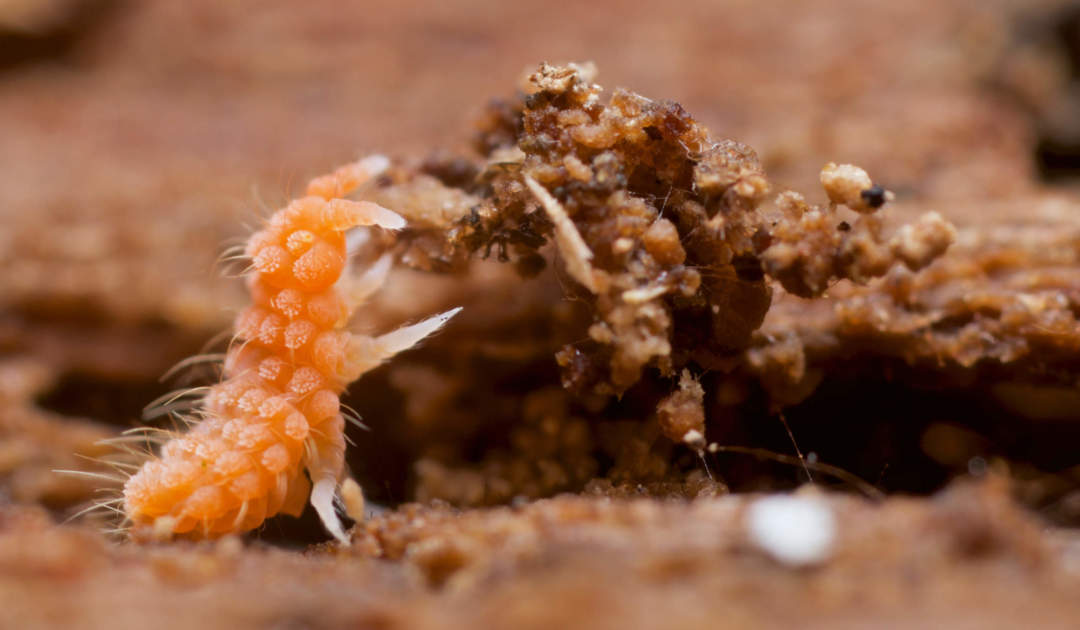Faktencheck Artenvielfalt
Soil Biodiversity
About 25% of all known species worldwide are living in the soil. However, up till now only a small part of their diversity is scientifically recorded. Within the framework of Faktencheck Artenvielfalt, we will synthesize the current state of knowledge on the distribution of soil biodiversity and identify its main drivers of change and threats. In addition, we want to develop concepts for monitoring soil biodiversity and develop strategies for a sustainable enhancement of soil biodiversity and functioning.
The soil is harboring a great variety of organisms – from micro- to macro- as well as from terrestrial to aquatic organisms. However, due to the difficult accessibility, previous efforts have been hampered in developing a sound understanding of how soil biodiversity is distributed, what the key drivers of this diversity are, how it changes over time, and the role of endemism (a species being found in a single defined geographic location) 1. Therefore, a comprehensive assessment of soil biodiversity requires specific expertise and the integration of information obtained by a broad spectrum of methodological approaches, ranging from molecular analyses of the diversity of organisms and functional genes to classical macrofauna extraction methods. Thus, so far, soil biodiversity has only been addressed in very few biodiversity assessments (but see e.g. the 2021 Soil Report of the German Federal Agency for Nature Conservation) and is often not taken into account by decision-makers when it comes to the designation of nature reserves 2. This is particularly alarming as soil biodiversity plays a critical role in providing many important ecosystem services, such as water purification, soil fertility, or carbon storage 3.
Within Faktencheck Artenvielfalt, we will synthesize existing data to analyze the consequences of environmental change as well as of nature and species conservation measures on soil biodiversity. Our goal is to provide a comprehensive synthesis of specific drivers (e.g. land use change, pesticide inputs, climate change), the effect of different measures (e.g. tillage, inoculation, crop rotation) and their interactions for soil biodiversity in Germany. Only large datasets (e.g., Edaphobase or LUCAS) allow soil biodiversity to be assessed in a holistic way across different environmental conditions and land use types. Based on these findings, we will identify land use types and management strategies that conserve and promote soil biodiversity.
References
1Phillips, H. et al. Red list of a black box. Nat Ecol Evol 1, 0103 (2017) https://doi.org/10.1038/s41559-017-0103
2Cameron, E.K. et al. Global mismatches in aboveground and belowground biodiversity. Cons. Biol. 33, 1187-1192 (2019) https://doi.org/10.1111/cobi.13311
3Geisen S., Wall D.H., van der Putten W.H. Challenges and Opportunities for Soil Biodiversity in the Anthropocene. Curr. Biol. 29, R1036-R1044 (2019) https://doi.org/10.1016/j.cub.2019.08.007
